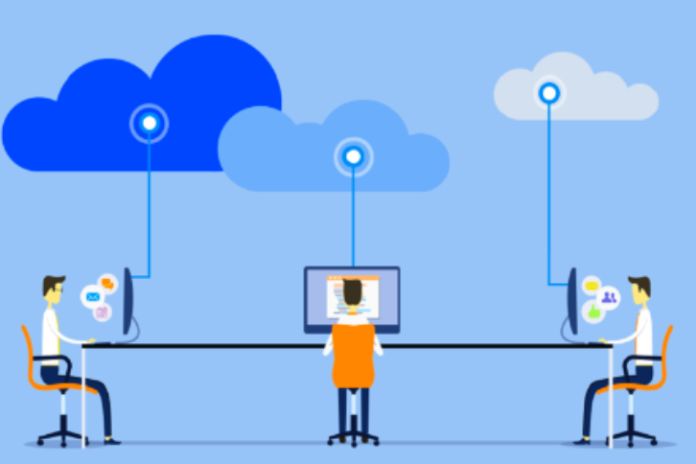When we talk about digital transformation, we have to think about its purpose. It should generate benefits for companies and consumers. Thus, it is based on the following pillars.
Consumer Focus
Technological advancement has greatly facilitated access to information about consumer needs and desires. The most important thing now is to make good use of this data and ensure that it guides the company’s focus.
Constant Feedback
The concept of “fail fast” is embedded here: make a mistake quickly. He assumes that errors are natural in building new products and services. Therefore, they must be tested, improved, or swiftly discarded, per customer feedback.
Agile Deliveries
This idea is in line with changes in project management processes. The traditional waterfall model — one stage started when the other ended, and a finished product was only delivered at the end — was replaced by other more efficient models with more agile deliveries, as advocated by the Agile Methodology.
Adaptation To Changes
Context switching is permanent and very fast. Therefore, the company needs to keep up with the pace, make its processes more flexible and keep an eye on new trends.
Although we have not mentioned technology, it is clear that it must be present as a way to implement the digital mindset since digital transformation is a structural change.
The discussion about whether the technological advance changed the global context or the opposite — if it was this change that drove the evolution of technology — is innocuous. The two are interconnected and constantly interact, one pulling the other.
In this sense, we live in a “VUCA” world: “volatile,” “uncertain,” “complex,” and “ambiguous.” This concept emerged in the 1990s to explain the post-Cold War world and applies well to intense and disruptive transformation moments.
In this new reality, it becomes more difficult for companies to outline future scenarios. Therefore, the ability to adapt to market instabilities gains importance. This is where the role of digital transformation comes in, which requires this new mindset from the organization.
Agile methodologies such as Scrum and practices such as Design Thinking are well suited to this scenario. They encourage the creation of multidisciplinary teams, creative approaches to problem-solving, product prototyping, and agile deliveries.
What Are The Main Challenges Of Digital Transformation?
As we said, digital transformation starts with a change of mindset in companies, which is the main challenge. Changing the organization’s structure and how communication happens is necessary, which can cause discomfort. See below the main challenges to implementing a more digital culture in companies.
Have A Sense Of Urgency
The cases of companies that let the opportunity pass and succumbed to market changes are varied. We can cite the already famous example of Kodak — which did not believe in the strength that digital would have in the world of cameras — or that of Blockbuster — which missed the opportunity to transform its business model for streaming, leaving the ground open for Netflix.
Although it is impossible to practice futurology to know which direction the world is heading, the clues are available to everyone. It is necessary to have a sense of urgency to keep up with the offers available in the market, always bearing in mind the needs of customers.
Learn Fast
Here, we return to topics we have already covered in this article: fail-fast and agile methodologies. The challenge is precisely to have this agility. For this, it is necessary to have a structure that allows testing hypotheses, building quick experiments, and learning from them. This way, you can get immediate customer feedback and get important information out of it.
Giving Up Command And Control In The Right Measure
Companies have a more or less standard command and control structure, with the boss determining what should be done. However, there is no guarantee that this is the best idea. Therefore, the leader needs to give up the idea of command and control and adopt the concept of an inspiring leader, inviting everyone to collaborate and exchange information.
Adopt The Culture Of Experimentation
Talking about experimentation is much easier than implementing it. The truth is that companies are still very reluctant to test. That’s because testing means being open to the idea that you might fail — which happens most of the time. But no one wants to die, and this is still not well seen in many companies, no matter how different the speech is.
Thus, adopting a culture of experimentation for real is a big challenge and requires a huge change of mindset in the organization. For this, it is important to implement MVPs, which allow testing hypotheses in shorter terms and implementing changes while the product is being improved.
Also Read: What Are The Advantages Of Using RPA In Companies?

